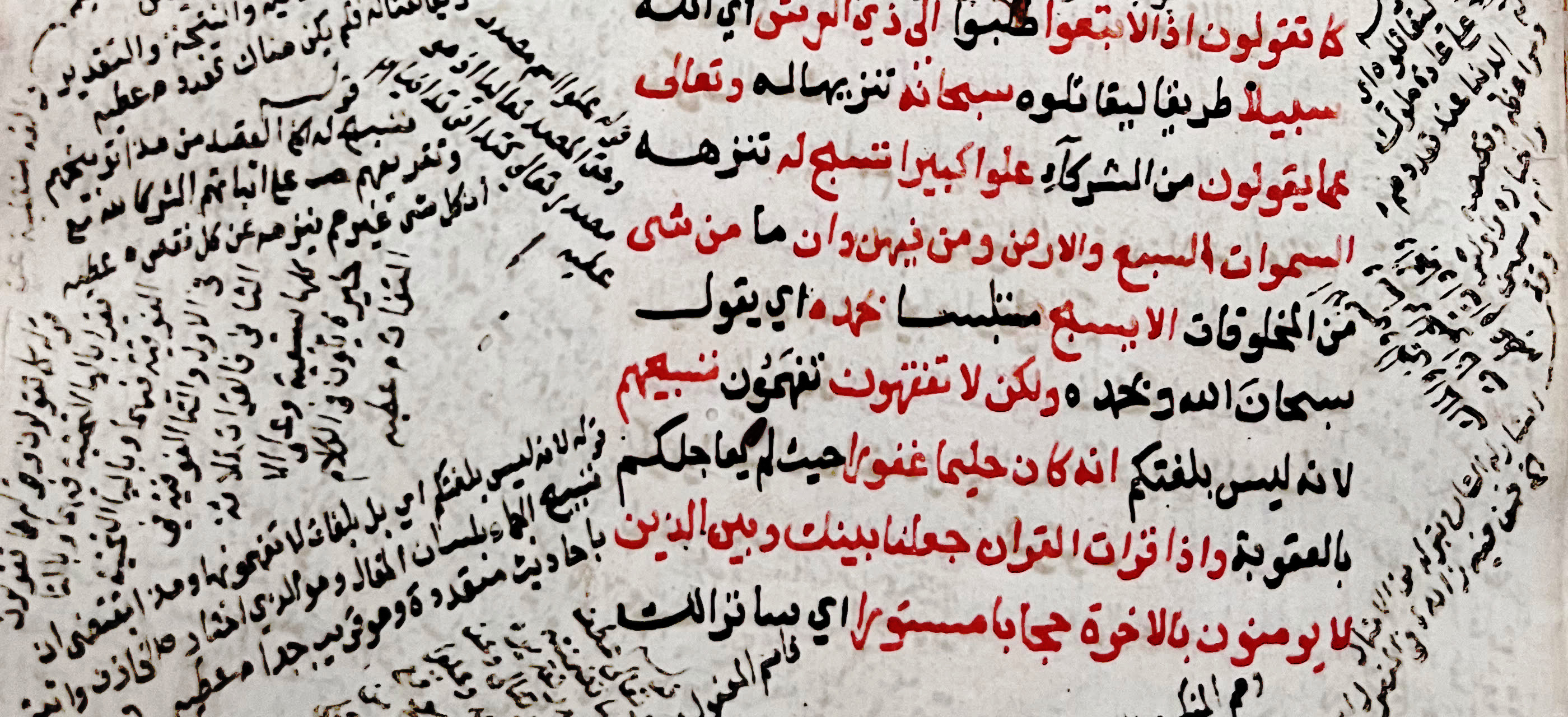Pre-oil Globalization in a Rural Community: The Late Islamic Village of Sahlat in the Suhar Region
Contenu
- Titre
- Pre-oil Globalization in a Rural Community: The Late Islamic Village of Sahlat in the Suhar Region
- Date
- 2020
- Résumé
- This article aims to study whether the increase of agricultural settlements in the Sultanate of Oman during the Late Islamic period (c. 1500-1950) was related to pre-oil globalization, as attested in the wider Gulf region. This is done by analysing the archaeological dataset of the agricultural village of Sahlat, with a focus on the ceramic material, located in the Suhar region. The assemblages collected by the Wadi al-Jizzi Archaeological Project, point to its occupation from c. 1750 to 1930. During this time period, the coastal towns of southeastern Arabia were heavily influenced by globalization processes, but the effects and reach of trade on rural communities remains poorly known. In this paper, Sahlat is compared to two contemporary sites connected to the same falaj system, and two other sites in the Gulf region. The results indicate that pre-oil globalization did not only impact coastal towns, but that rural settlements such as Sahlat experienced similar transformations. It is suggested that pre-oil globalization was not only linked to the pearling trade, but that the export of dates should also be taken into consideration when studying this topic.
- Sujet
- Archéologie -- Oman
- Langue
- eng
- volume
- 7
- numéro
- 2
- pages
- 199-219
- doi
- 10.1558/jia.18167
- issn
- 2051-9729
- Titre abrégé
- Pre-oil Globalization in a Rural Community
Position : 19955 (26 vues)

